New Evidence Uncovered in Pompeii Ruins
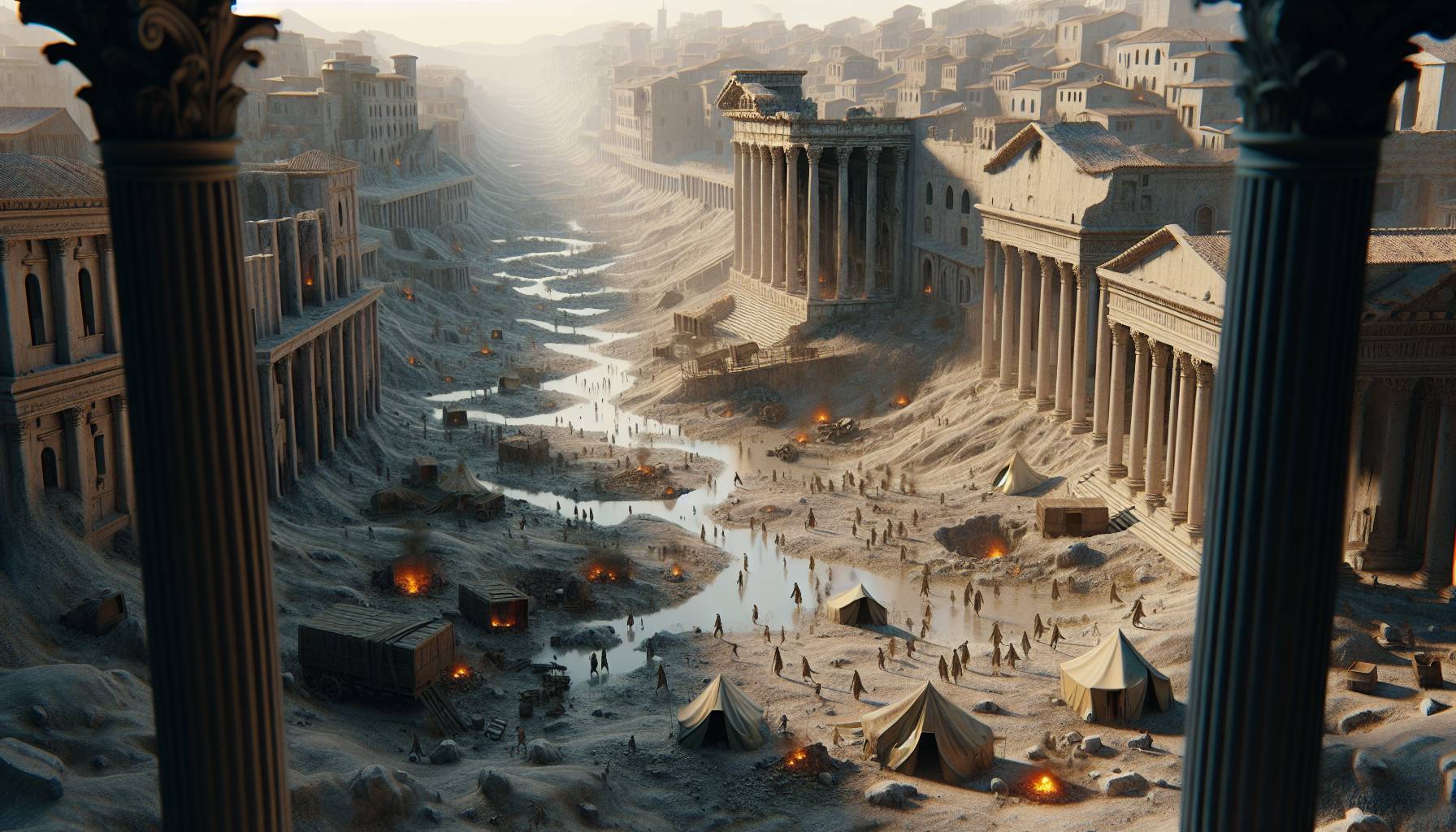
ArcheologistshavediscoverednewevidencewhichsuggestspeoplereturnedtoliveamongtheruinsofPompeiiaftertheeruptionofMountVesuviusaround 2,000 years ago.
考古學家發現了新證據,顯示大約 2000 年前維蘇威火山爆發後,人們回到了龐貝古城遺址生活。
TheancientRomancitywashometobetween 10,000 and 20,000 peoplebeforethenearbyVesuviusvolcanoeruptedinAD79.
在西元 79 年維蘇威火山爆發之前,這座古羅馬城市曾有 10,000 至 20,000 名居民。
Pompeiiandmanyofthepeoplelivingtherewereburiedunderash.
龐貝古城和許多住在那裡的人們都被埋在火山灰之下。
Thecity, includingitsbuildingsandobjects, waspreservedbytheashandmuchseemeduntoucheduntilit'srediscoveryinthe16thcentury.
這座城市,包括其建築和物品,都被火山灰保存了下來,直到 16 世紀才被重新發現,大部分似乎都沒有受到影響。
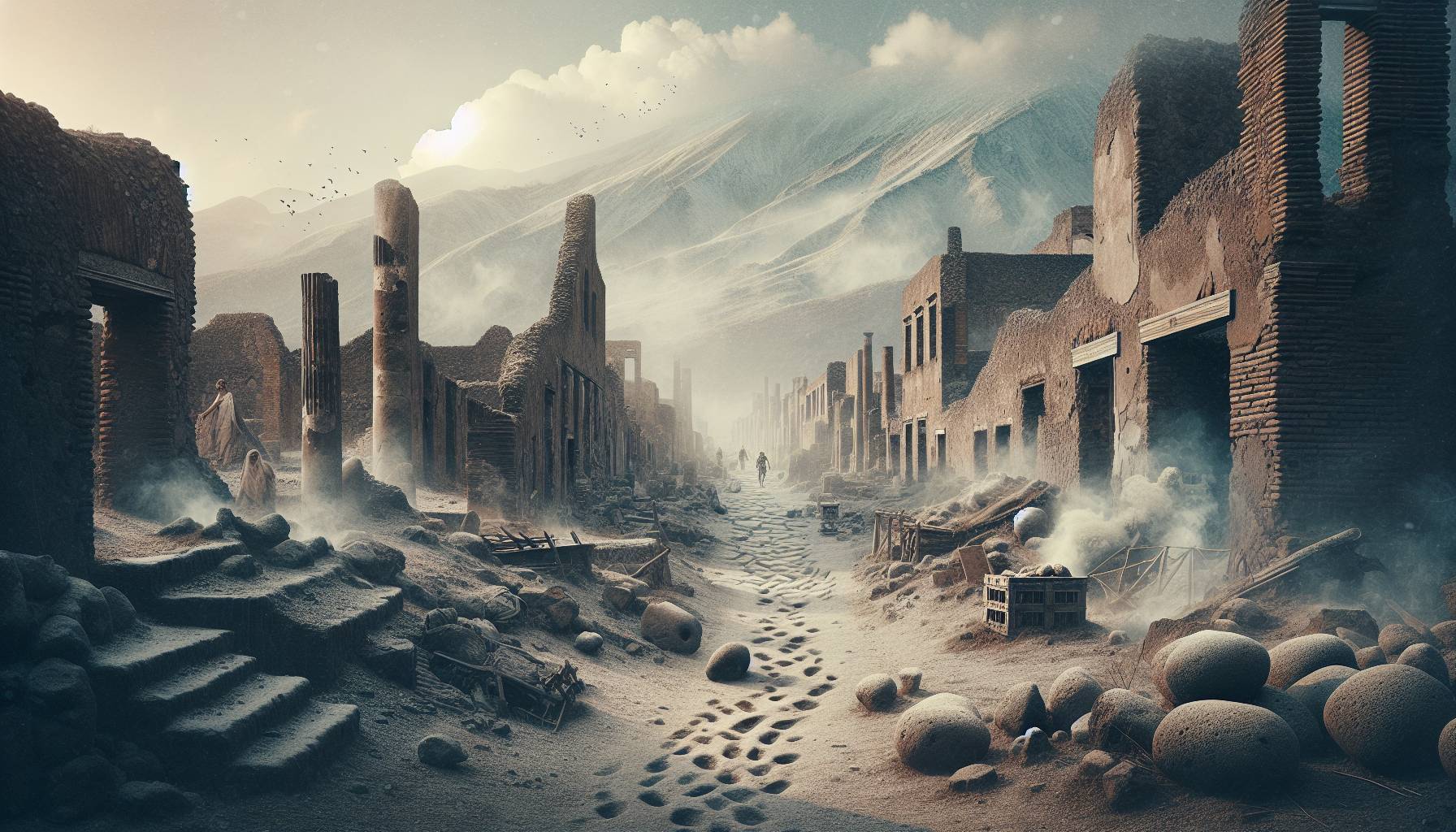
NowarcheologistsatthesiteinItalysaytheyhaveuncoverednewevidencethatshowssurvivorsreturnedtothedevastatedcitymuchsooner.
現在,義大利遺址的考古學家表示,他們發現了新證據,顯示倖存者更早返回了這座被摧毀的城市。
PompeiiisaUNESCOWorldHeritageSiteandItaly'ssecondmost-visitedtouristspotaftertheColosseuminRome.
龐貝城是聯合國教科文組織世界遺產,也是繼羅馬競技場之後義大利第二大旅遊勝地。
BeforetheeruptionofMountVesuviusin79ADitwasabustlingcity.
在西元 79 年維蘇威火山爆發之前,這裡是一座繁華的城市。
WhenMountVesuviuserupted, itcoveredthewholecityinathicklayerofash.
維蘇威火山爆發時,整座城市被一層厚厚的火山灰覆蓋。
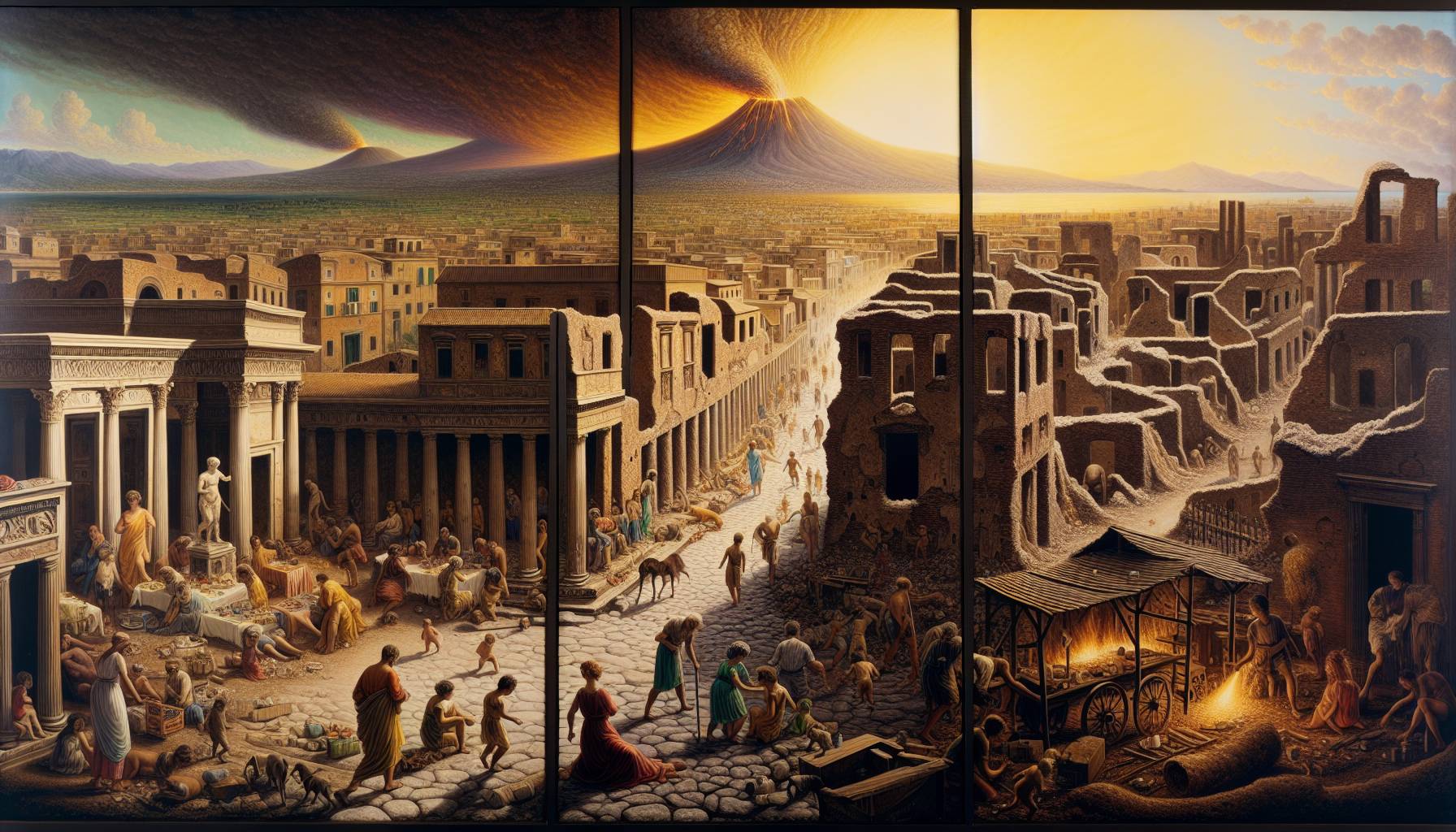
Lumpsofsolidlavacalledpumicestonesraineddownonthetownfor18 hours.
被稱為浮石的固體熔岩塊連續 18 小時降落在該鎮。
Theashburiedthebuildings, theobjectsandeventhepeoplewholivedthem, preservingeverything.
火山灰掩埋了建築物、物體甚至居住在那裡的人們,但一切都保存了下來。
Thishasmadeitasiteofhugehistoricalimportancegivingarcheologistsaglimpseintohowpeoplelivedatthetime.
這使得它成為一個具有重大歷史意義的遺址,讓考古學家可以一窺當時人們的生活方式。
Expertsbelievedbeforethatsurvivorshadreturnedtotheruins, butnowarcheologistssaythishasbeenconfirmedbynewresearch.
專家先前認為倖存者已經返回廢墟,但現在考古學家表示新的研究證實了這一點。
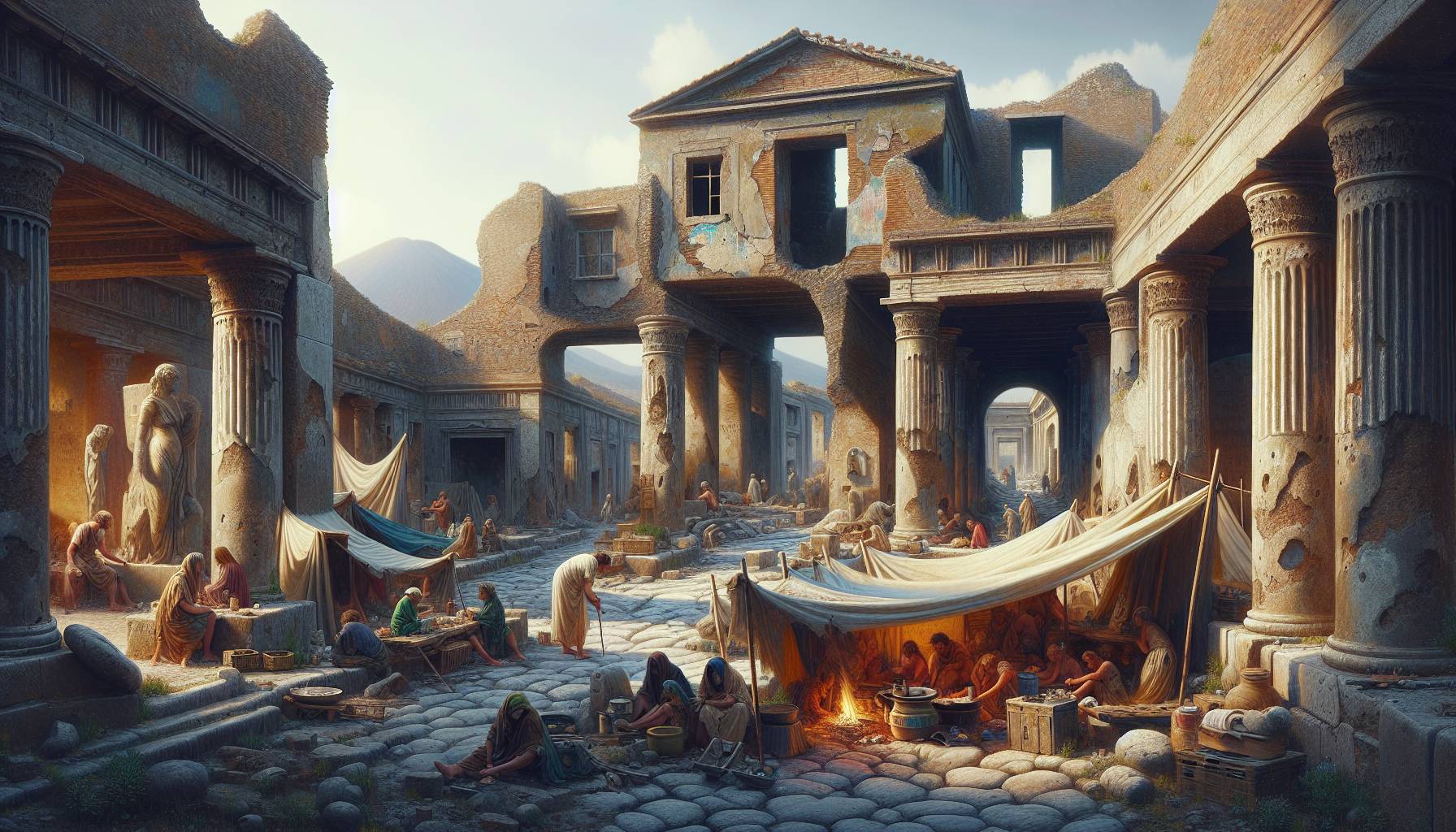
Archaeologistssaythesepreviousresidentswerejoinedbyotherslookingforaplacetosettle.
考古學家說,這些先前的居民和其他尋找定居點的人一起居住。
Theydescribethenewlivingarrangementstobemorelikeacamp.
他們形容新的居住安排更像一個營地。
Judgingbythearchaeologicaldata, itmusthavebeenaninformalsettlementwherepeoplelivedinprecariousconditions, withouttheinfrastructureandservicestypicalofaRomancity, beforetheareawascompletelyabandonedinthefifthcentury, theysaidinastatement.
他們在聲明中表示,根據考古數據判斷,在公元五世紀該地區被徹底廢棄之前,這裡一定是一個非正式的定居點,人們生活條件惡劣,沒有羅馬城市典型的基礎設施和服務。
Whilesomelifereturnedtotheupperfloorsoftheoldhouses, theformergroundfloorswereconvertedintocellarswithovensandmills.
雖然老房子的上層恢復了一些生機,但原來的底層卻被改造成了有烤箱和磨坊的地下室。
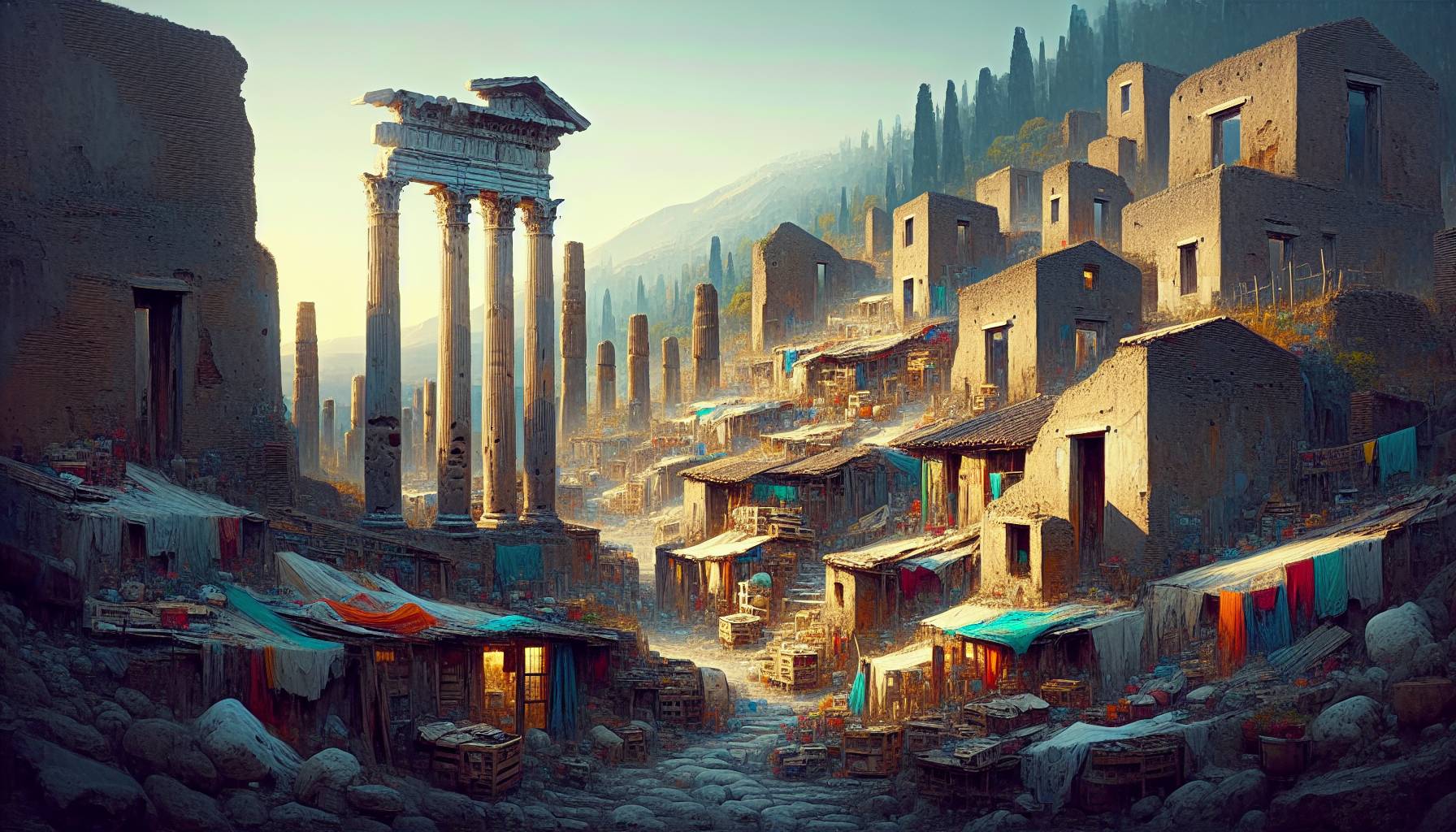
Thankstothenewexcavations, thepictureisnowclearer:post-79Pompeiireemerges... a kindofcamp, afavelaamongthestillrecognisableruinsofthePompeiithatoncewas, saidGabrielZuchtriegel, directorofthesite.
由於新的發掘,情況現在更加清晰了:79 年後的龐貝古城重新出現......在仍然可以辨認出曾經的龐貝古城遺址之中,出現了一種營地、一個貧民窟,遺址負責人加布里埃爾·祖赫特里格爾 (Gabriel Zuchtriegel) 說。
Someevidencethatthesitewasreoccupiedhadbeenfoundinthepast.
過去曾發現一些證據顯示該地點曾被重新佔領。
ButthesitedirectorsaidintherushtoaccessPompeii'scolourfulfrescoesandstill-intacthomes, thefainttracesofthesite'sreoccupationwereliterallyremovedandoftensweptawaywithoutanydocumentation.
但遺址負責人表示,為了參觀龐貝古城色彩斑斕的壁畫和仍然完好的房屋,遺址重新佔領的痕跡實際上被清除了,而且經常在沒有任何記錄的情況下被清除。

Archeologists have discovered new evidence which suggests people returned to live among the ruins of Pompeii after the eruption of Mount Vesuvius around 2,000 years ago.
The ancient Roman city was home to between 10,000 and 20,000 people before the nearby Vesuvius volcano erupted in AD79.
Pompeii and many of the people living there were buried under ash.
The city, including its buildings and objects, was preserved by the ash and much seemed untouched until it's rediscovery in the 16th century.

Now archeologists at the site in Italy say they have uncovered new evidence that shows survivors returned to the devastated city much sooner.
Pompeii is a UNESCO World Heritage Site and Italy's second most-visited tourist spot after the Colosseum in Rome.
Before the eruption of Mount Vesuvius in 79AD it was a bustling city.
When Mount Vesuvius erupted, it covered the whole city in a thick layer of ash.

Lumps of solid lava called pumice stones rained down on the town for 18 hours.
The ash buried the buildings, the objects and even the people who lived them, preserving everything.
This has made it a site of huge historical importance giving archeologists a glimpse into how people lived at the time.
Experts believed before that survivors had returned to the ruins, but now archeologists say this has been confirmed by new research.

Archaeologists say these previous residents were joined by others looking for a place to settle.
They describe the new living arrangements to be more like a camp.
Judging by the archaeological data, it must have been an informal settlement where people lived in precarious conditions, without the infrastructure and services typical of a Roman city, before the area was completely abandoned in the fifth century, they said in a statement.
While some life returned to the upper floors of the old houses, the former ground floors were converted into cellars with ovens and mills.

Thanks to the new excavations, the picture is now clearer: post-79 Pompeii reemerges... a kind of camp, a favela among the still recognisable ruins of the Pompeii that once was, said Gabriel Zuchtriegel, director of the site.
Some evidence that the site was reoccupied had been found in the past.
But the site director said in the rush to access Pompeii's colourful frescoes and still-intact homes, the faint traces of the site's reoccupation were literally removed and often swept away without any documentation.
Play News
or click any sentence to play
More News coming up
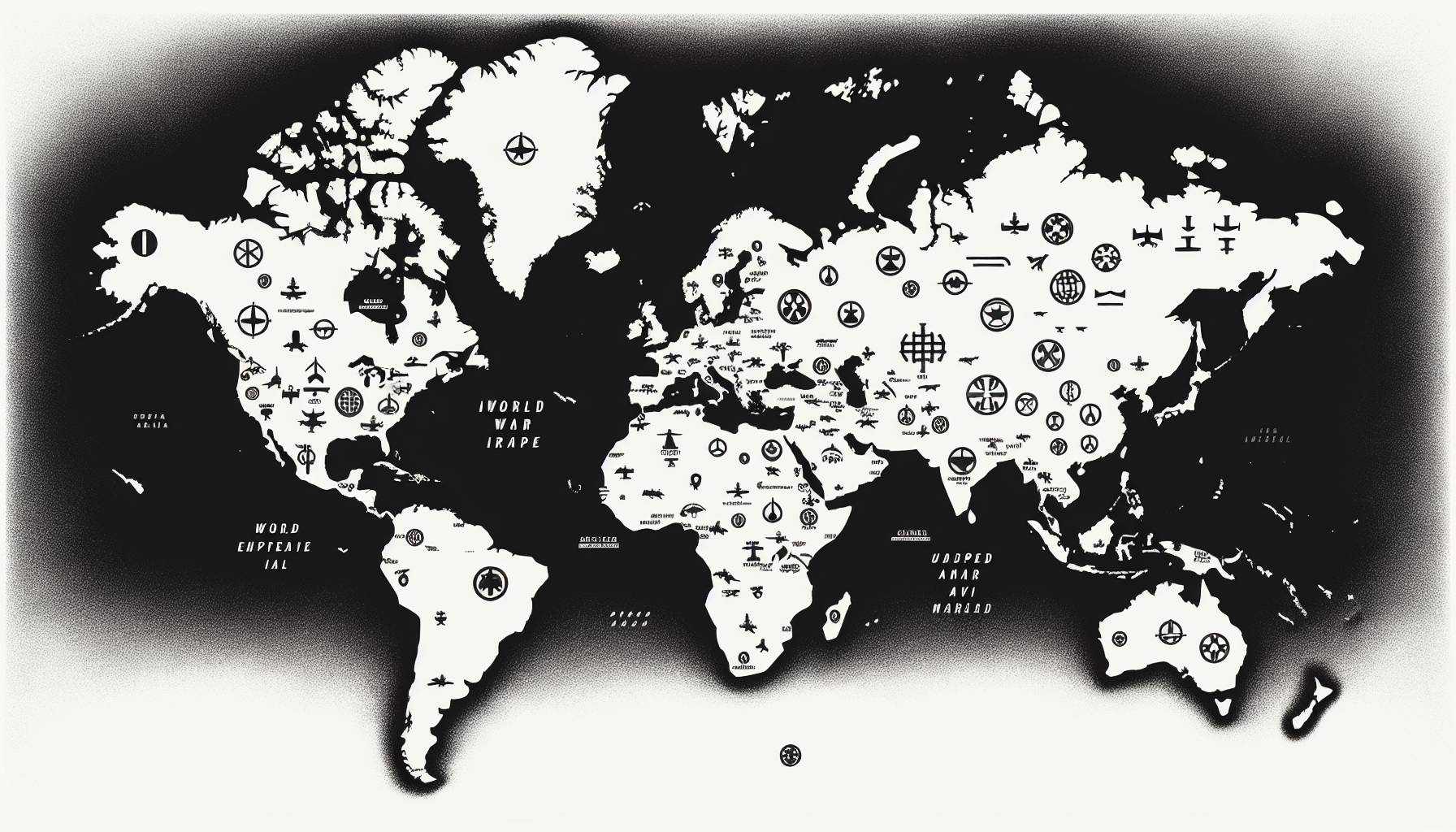
VJ Day: Victory and Remembrance

Exploring the Cultural Exchange Between Hong Kong and the Tang Dynasty

Artifacts of Civil Rights Era on Display in U.S. Museums
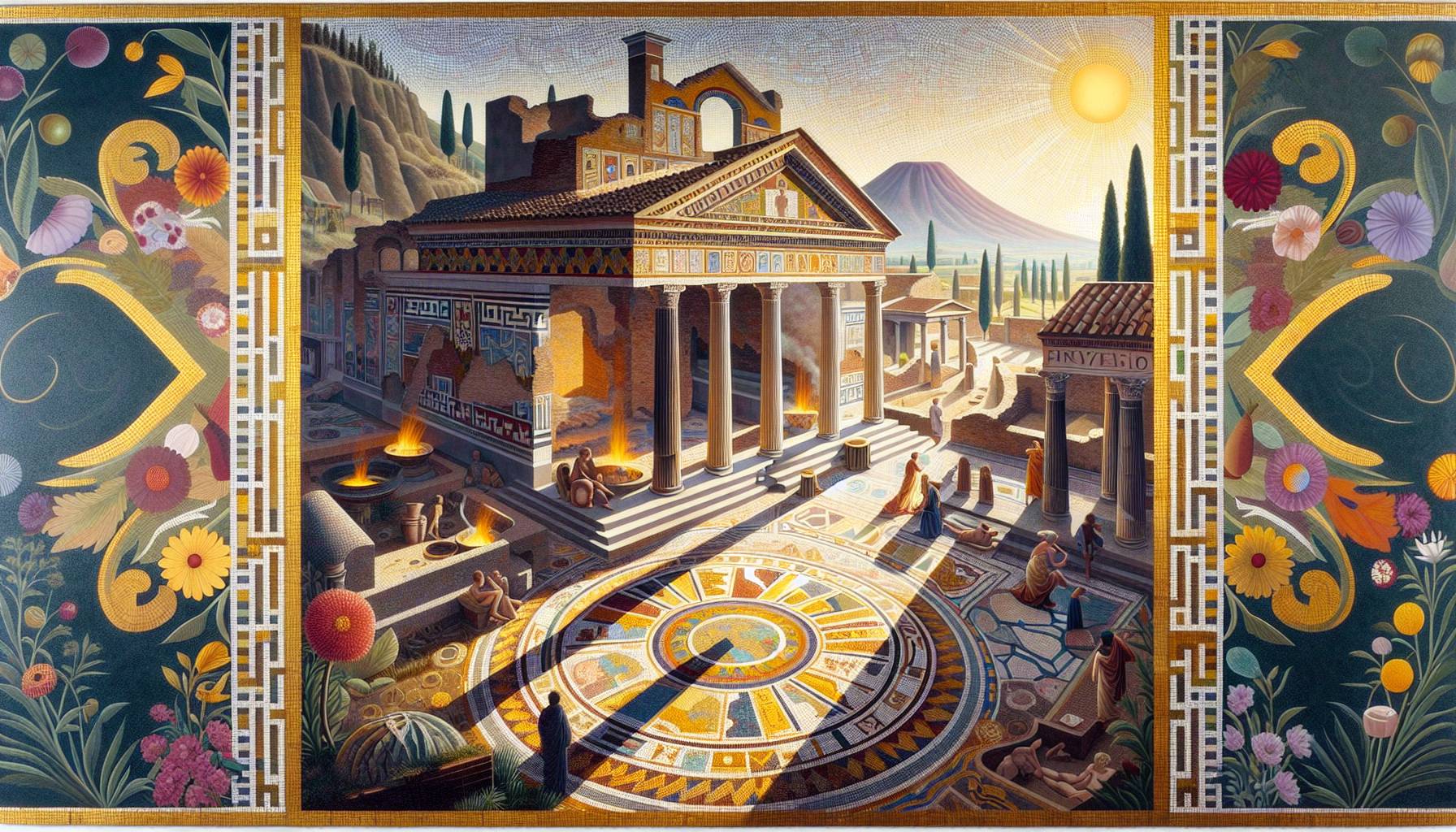
Ancient Mosaic Depicting Erotic Theme Returned to Pompeii
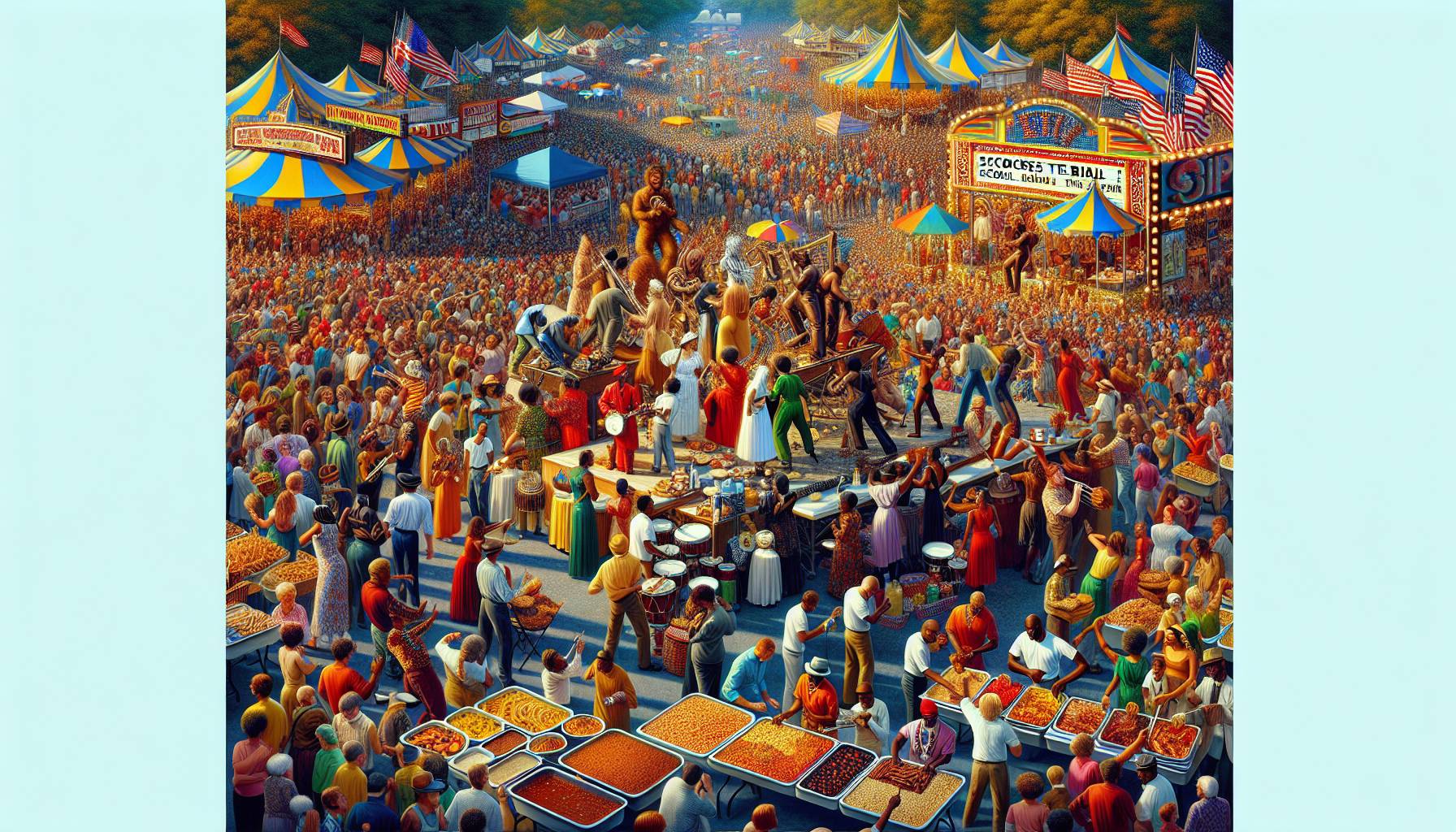
Dayton's Efforts To Rewrite Trial's Legacy
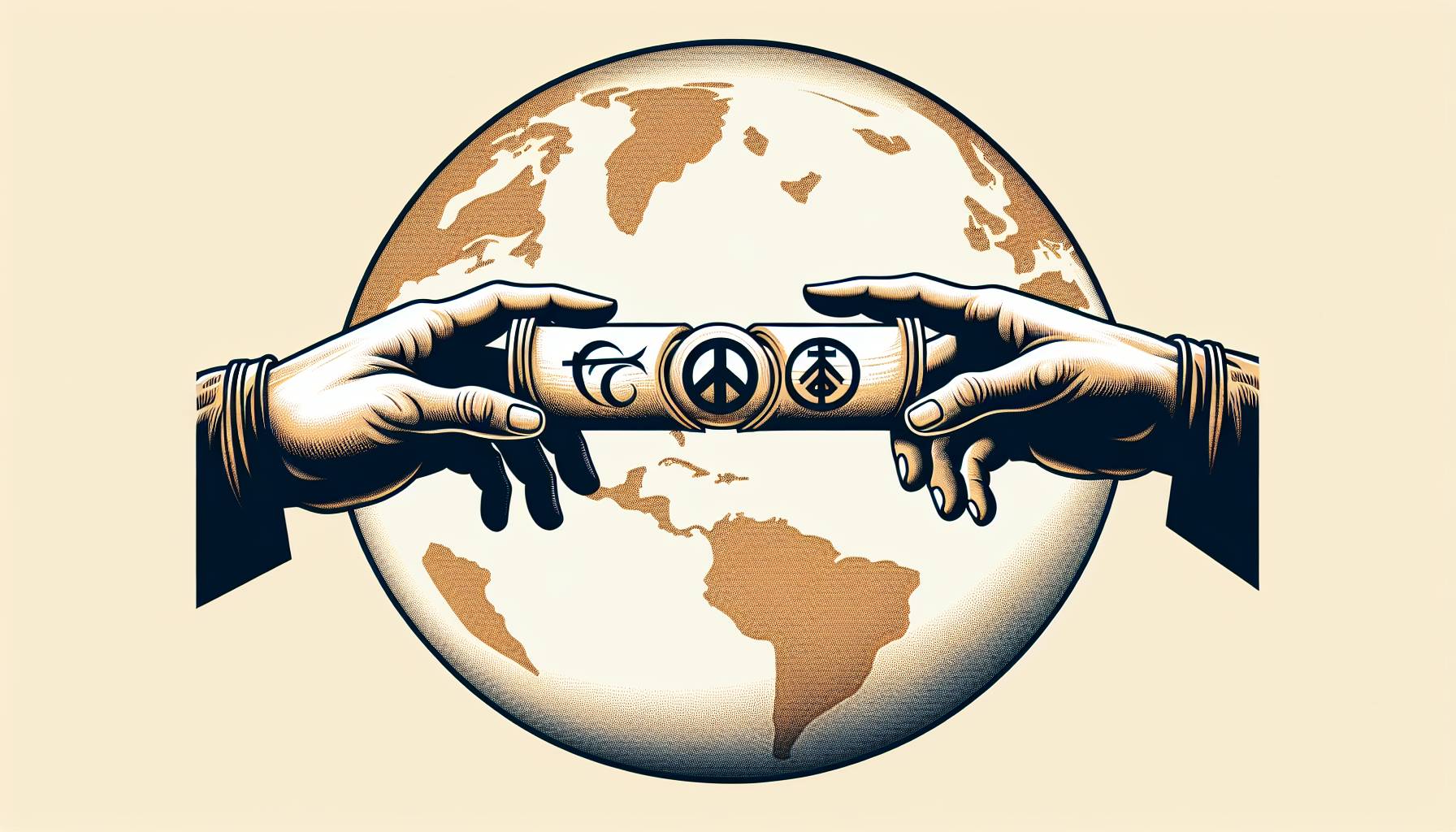
Famous Bayeux Tapestry Returning to UK After 900 Years

More News coming up

VJ Day: Victory and Remembrance

Exploring the Cultural Exchange Between Hong Kong and the Tang Dynasty

Artifacts of Civil Rights Era on Display in U.S. Museums

Ancient Mosaic Depicting Erotic Theme Returned to Pompeii

Dayton's Efforts To Rewrite Trial's Legacy

Famous Bayeux Tapestry Returning to UK After 900 Years

